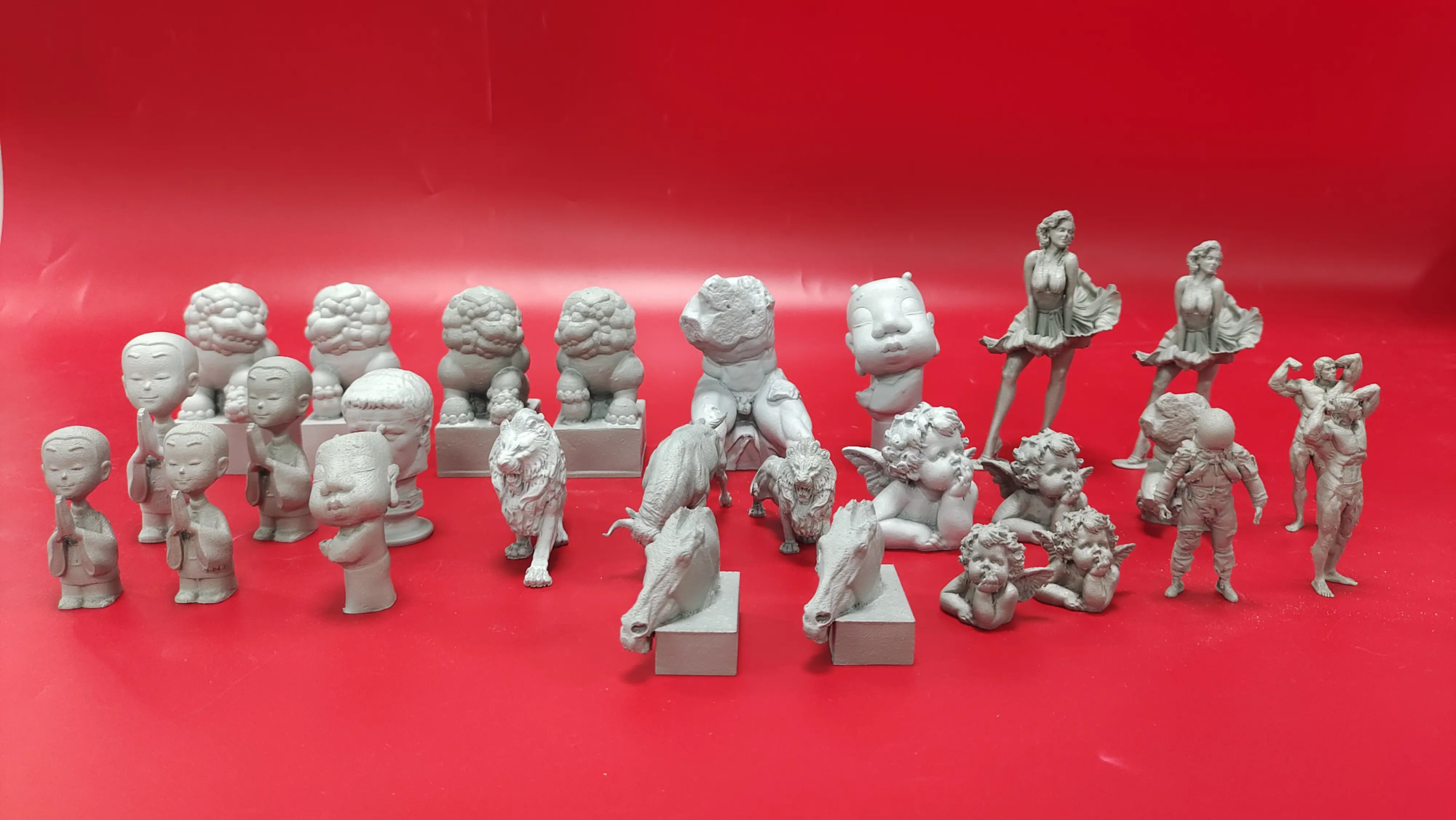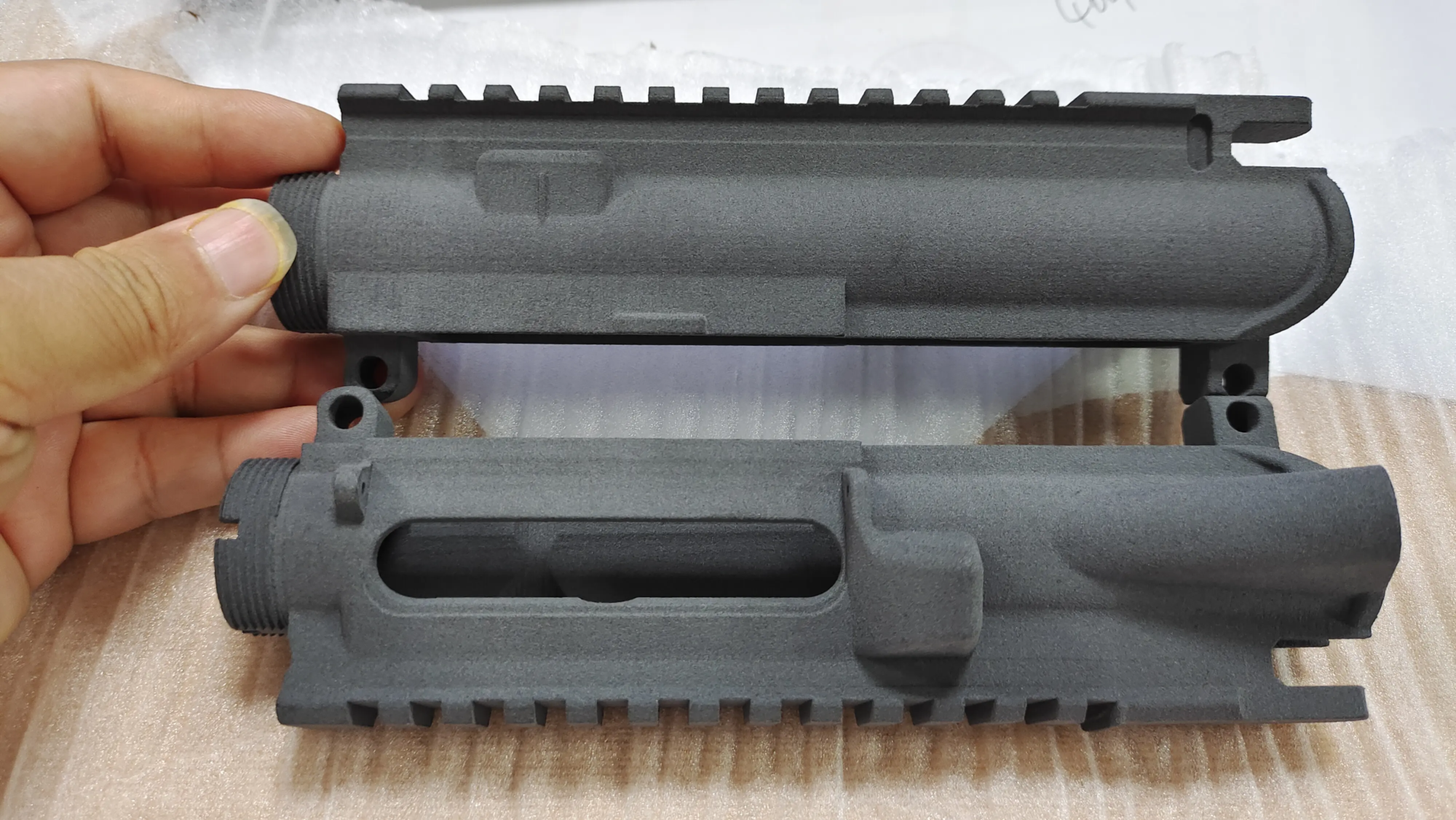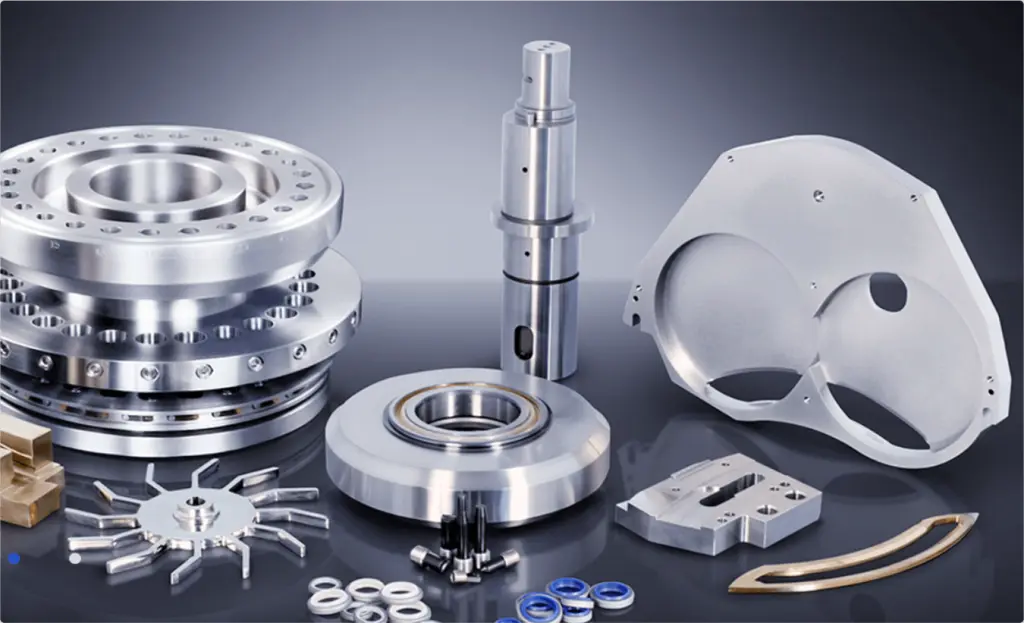Open the door to history: Explore Smithsonian’s 3D printing revolution
Imagine holding a carefully accurate replica of the Wright Brothers flyer, examining the subtle details of the prehistoric mammoth fossil, or studying the complex structure of the space module used on the moon. Thanks to the groundbreaking initiatives of the Smithsonian organization, this is not science fiction, but reality. The Smithsonians open up a large collection through it 3D digital programprovides free download of 3D printed files. This move is not just about sharing artifacts. This is a powerful democratization of knowledge, education and creativity.
What is the Smithsonian 3D Printing File Guide?
Smithsonian’s 3D digitalization program began with an ambitious project aimed at preserving, researching and sharing priceless artifacts from its 19 museums and research centers. Using advanced 3D scanning techniques such as photogrammetry and structured light scanning, the agency created highly accurate digital models of objects from dinosaur skeletons to Apollo spacecraft components. These models are then available as free, printable files on platforms like Smithsonian’s 3D Viewer and GitHub.
The program has a variety of purposes:
- save: Subtle or deteriorating artifacts are immortalized by numbers.
- Accessibility: Anyone with Internet access can explore objects that were previously locked behind glass.
- educate: The instructor uses them for interactive STEM courses, while the researchers analyze details that are not visible in 2D.
- Innovation: Artist, engineer and amateur mixing models for new works.
Treasures you can print (or simply explore)
The series spans disciplines. Highlights include:
- Wright Flyer: Print aviation history and check engines that launch human flights.
- Fossil whale: Study ancient marine biology and have detailed skull replicas.
- Abraham Lincoln’s life mask: Analyze the president’s expression in the form of tactile.
- Space Shuttle Discovery: Explore the complex engineering of NASA orbitals.
Each model involves metadata of its history, scale and scanning process, turning simple print into a lesson in culture and science.
How to access and use Smithsonian 3D files
- Browse: Visit 3d.si.edu to explore over 300 objects. Use filters to find artifacts by era, topic, or collection.
- download: Files are available in common formats such as .stl and .obj. Some include preprocessing support structures for easy printing.
- Print: Export the file to your slicer software, adjust the scale and orientation. Consider substance choice – Pla is suitable for classroom presentations, while nylon or resin excels at details.
- Post-process: Sand, paint or assemble components for augmented reality.
Why is a professional rapid prototyping partner important
While desktop printers can handle some Smithsonian models, complex or large-scale artifacts require industrial-grade solutions. This is Rapid prototyping Bridge gaps. As a leader in precision manufacturing, we specialize in turning digital design into perfect physical copies:
- Advanced SLM 3D Printing: Our selective laser melting (SLM) technology builds complex metal parts (e.g., titanium, aluminum) with microscopic accuracy – ideal for museum quality replicas.
- Material versatility: Print real metals, powerful polymers or special alloys in Smithsonian aerospace or mechanical artifacts.
- One-stop organization service: We handle support removal, heat treatment, CNC machining, polishing and surface texture for historical fidelity.
- Scalability: Need 1 prototype or 1,000 copies of the exhibition? Our lean manufacturing ensures speed without sacrificing quality.
Whether you are an aid for architecture classrooms, a filmmaker who needs props, or a researcher who studies historical mechanisms, transforms the Smithsonian documents into tangible assets. Our engineers troubleshoot issues such as twisting, stress breaking, or assembly alignment, which cost you trial and error.
Bigger prospects: Why this initiative changes the industry
The Smithsonian project marks a transition to an open source culture under preservation. By breaking down cultural relics and geography into:
- Empowering global innovation (e.g., engineers who study mechanical design history in the history of the century).
- Make STEM education tactile and attractive.
- Retain a cultural heritage targeting disasters or decay.
For businesses like Greatlight, it validates our philosophy: The real power of 3D printing lies in empowering ideas, not just the prototyping part.
in conclusion
Smithsonian’s guide to 3D printed files is a masterclass of accessibility – a blend of technology and heritage that turns classrooms into museums and amateurs into historians. But to truly unlock its potential, complex or high-risk projects require professional execution. In Greatlight Rapid Prototyping, we combine cutting-edge SLM printers, multi-material expertise and sophisticated finishes to create Smithsonian artifacts (or any custom design) for practical exhibition-level reality. We are not just making parts; we are helping you grasp history.
Interested in printing a part of the past or turning your vision into reality? Discover how to bring precision, speed and artistry to your next project.
FAQ: Smithsonian 3D Printing and Professional Prototyping
1. Are Smithsonian 3D files really available for free?
Yes! Files on platforms such as 3d.si.edu are free for personal, educational and non-commercial use. Commercial use may require a license. Always attributed to the Smithsonian and checking individual object permissions.
2. Can desktop 3D printers handle these files?
Many smaller models (e.g., fossils, tools) print well on consumer FDM or resin printers. Large or metal workpieces (such as engine parts) require industrial-grade solutions due to scale, detail or material requirements.
3. Why choose a professional service like Greatlime instead of DIY printing?
For critical applications (Museum display, functional replica or batch production), professional services ensure:
•Structural integrity of printing through SLM metal.
• Accuracy tolerance (reduced to ±0.05mm).
•Durability post-treatment (e.g., stress-utilize heat treatment).
•Material authenticity (e.g., printing bronze sculptures in actual bronze).
4. Can Greatlight handle multipart components from Smithsonian files?
Absolutely. We focus on printing, machining and assembling complex multi-component systems such as spacecraft modules to ensure seamless fit and functionality when following the original design.
5. How fast can I print the Smithsonian artifacts?
Simple design shipped within 3-5 days. Finished complex metal projects take 1-2 weeks. Our agile workflow prioritizes speed without compromising quality – for academic terms or exhibitions.
6. What if I need to modify the Smithsonian file?
We offer reverse engineering and CAD redesign services to resell, strengthen or adapt to a specific application-specific model while retaining historical accuracy.
Think bigger than the printing bed. GREATHIMETS Rapid Prototyping helps innovators, educators and creators transform their digital vision into a lasting physical legacy. Prepare to build the future or resurrect the past? Let’s discuss your project.





